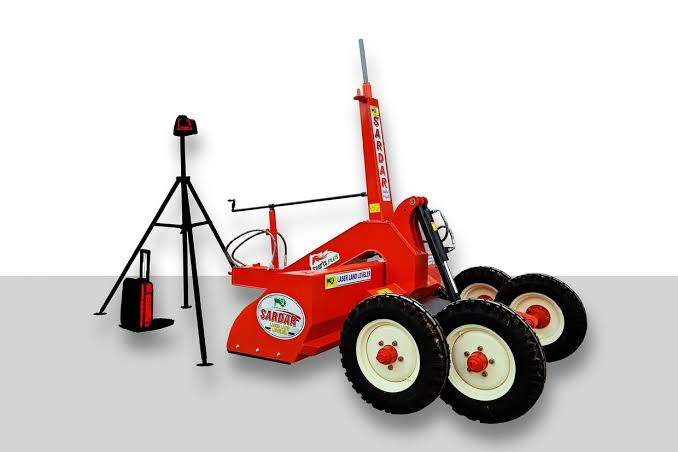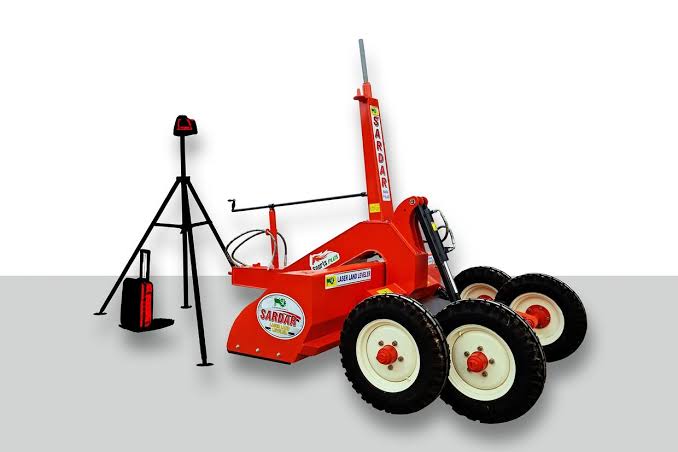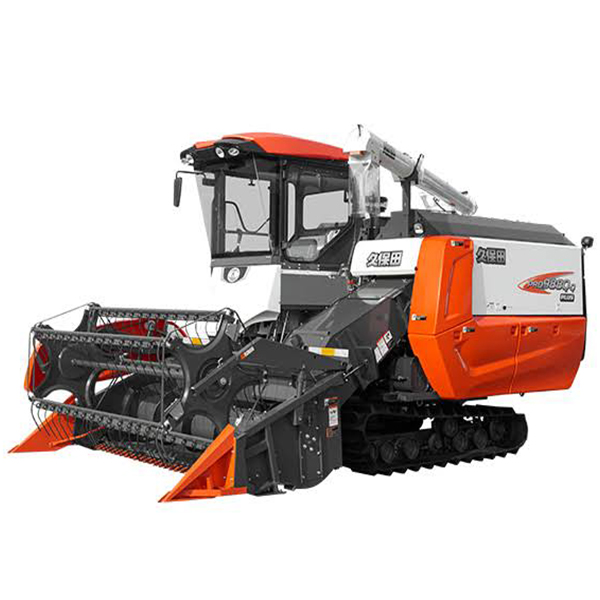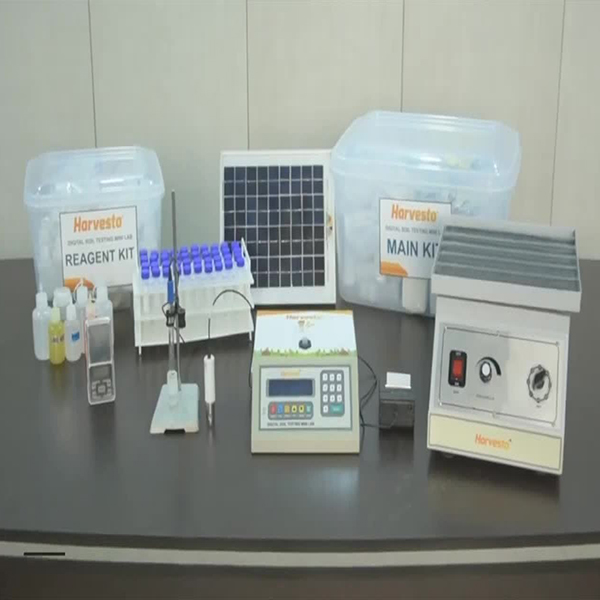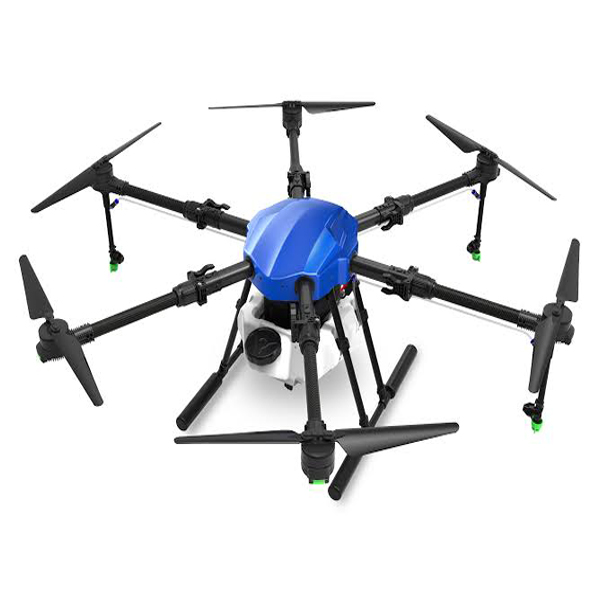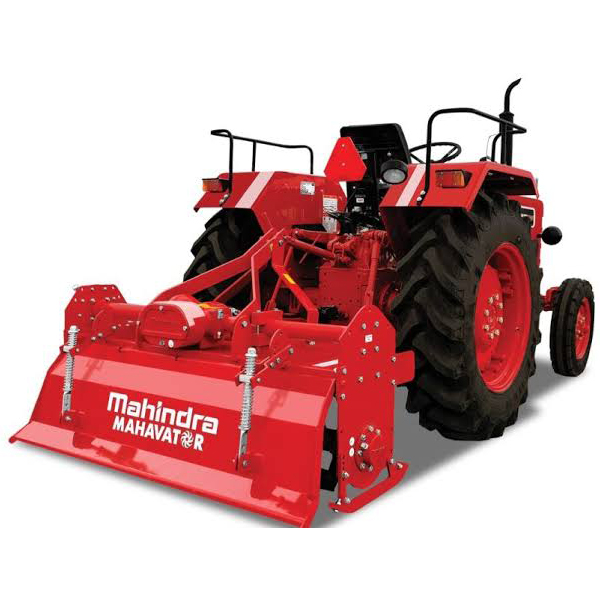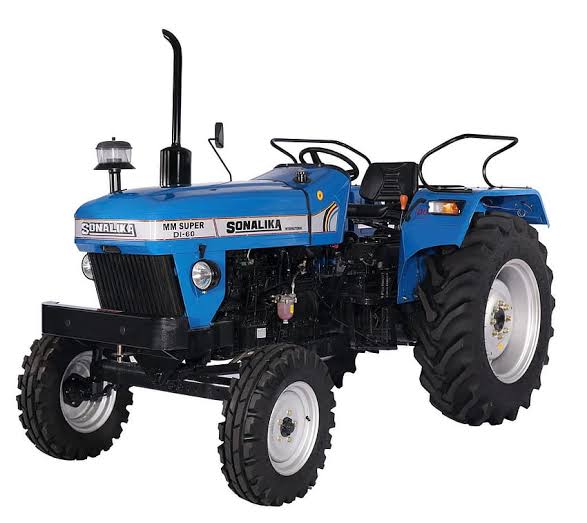Soil Leveler
Product - Soil Leveler
A soil leveler, also known as a land leveler or land plane, is a farming implement used to achieve a flat and even surface in agricultural fields or construction sites. It is commonly towed behind a tractor or attached to other machinery to redistribute soil, remove high spots, and fill in low areas. The primary function of a soil leveler is to create a uniform ground surface for various purposes, such as crop cultivation, irrigation, or construction projects.
Here are some key features and functions of a soil leveler:
Grading and Smoothing: A soil leveler consists of a wide, flat blade or multiple blades that scrape the surface of the soil. As it is pulled across the ground, it helps to redistribute soil and level uneven areas. This process removes high spots, fills in depressions, and creates a smooth and consistent surface.
Surface Drainage: Soil levelers can aid in improving surface drainage by ensuring that the land slopes correctly. By redistributing soil, they can direct water flow away from areas prone to waterlogging or pooling, facilitating better drainage and preventing excessive soil moisture.
Seedbed Preparation: Prior to seeding or planting, a soil leveler can be used to prepare a suitable seedbed. By smoothing the soil surface, it helps create an optimal environment for seed germination, root growth, and crop establishment.
Erosion Control: An even and level surface helps prevent soil erosion. By removing high spots where water can accumulate and run off, and filling in low areas where sediment can accumulate, a soil leveler promotes better water distribution and reduces erosion risks.
Construction Site Preparation: Soil levelers are also used in construction projects to prepare the ground for building foundations, roads, or other infrastructure. They help achieve a level surface, ensuring stability and even weight distribution for construction purposes.
A soil leveler, also known as a land leveler or land plane, is a farming implement used to achieve a flat and even surface in agricultural fields or construction sites. It is commonly towed behind a tractor or attached to other machinery to redistribute soil, remove high spots, and fill in low areas. The primary function of a soil leveler is to create a uniform ground surface for various purposes, such as crop cultivation, irrigation, or construction projects.
Here are some key features and functions of a soil leveler:
Grading and Smoothing: A soil leveler consists of a wide, flat blade or multiple blades that scrape the surface of the soil. As it is pulled across the ground, it helps to redistribute soil and level uneven areas. This process removes high spots, fills in depressions, and creates a smooth and consistent surface.
Surface Drainage: Soil levelers can aid in improving surface drainage by ensuring that the land slopes correctly. By redistributing soil, they can direct water flow away from areas prone to waterlogging or pooling, facilitating better drainage and preventing excessive soil moisture.
Seedbed Preparation: Prior to seeding or planting, a soil leveler can be used to prepare a suitable seedbed. By smoothing the soil surface, it helps create an optimal environment for seed germination, root growth, and crop establishment.
Erosion Control: An even and level surface helps prevent soil erosion. By removing high spots where water can accumulate and run off, and filling in low areas where sediment can accumulate, a soil leveler promotes better water distribution and reduces erosion risks.
Construction Site Preparation: Soil levelers are also used in construction projects to prepare the ground for building foundations, roads, or other infrastructure. They help achieve a level surface, ensuring stability and even weight distribution for construction purposes.
1 review for “Fresh Red Seedless”

Prabhat Kumar
This is test review of the product

Test
Lorem Ipsum is simply dummy text of the printing and typesetting industry. Lorem Ipsum has been the industry's standard dummy text ever since the 1500s, when an unknown printer took a galley of type and scrambled it to make a type specimen book
